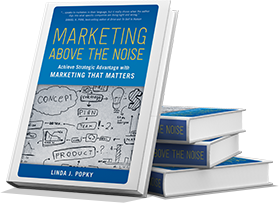New Zealand is still celebrating its World Cup rugby championship last month. It’s impossible to go anywhere in this country without seeing some AllBlacks flag, banner or momento. Players are featured in print and broadcast ads and even as part of the safety videos for Air New Zealand.
It’s good to be All Black if you’re a rugby player, but not necessarily so if you’re an animal. Nassim Taleb wrote a book called The Black Swan about how we don’t believe in the existence of the highly improbable (like the black swan) until it appears and we are confronted with evidence to that effect. In New Zealand today, in spite of a country devoted to animal and land conservation, it’s still legal to hunt black swans (which were brought over from Australia), but not the more ordinary white kind.
In many cultures, the “black sheep” is the one that stands out–it doesn’t belong with the rest of the flock, it’s seen as being worth less. New Zealand is known for having 10x the number of sheep as people.
What I’ve learned here is that changing the diet of the black sheep to a richer feed makes their wool much lighter–to the point where they look just slightly darker than the rest of the group. It’s a better fate than that of the black swan. Still one wonders why it’s so important to lighten up the wool when most of it is dyed for clothing anyway. Merino wool is highly prized and not inexpensive to purchase and it comes in just about all the colors of the rainbow.
Then there’s the possum. Depending on whom you talk to, it was brought to New Zealand for its fur or to help try and control the rabbit population. Unfortunately, the law of unintended consequences set in. There are twice as many possums as sheep and the number keeps rising. They eat up the natural vegetation and destoy habits for local animals, which may be why it’s said many New Zealanders feel the best thing they can do with a possum is run over it with their car.




